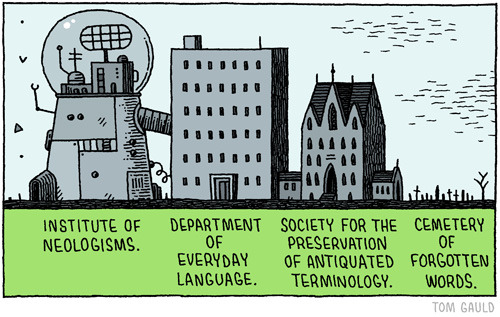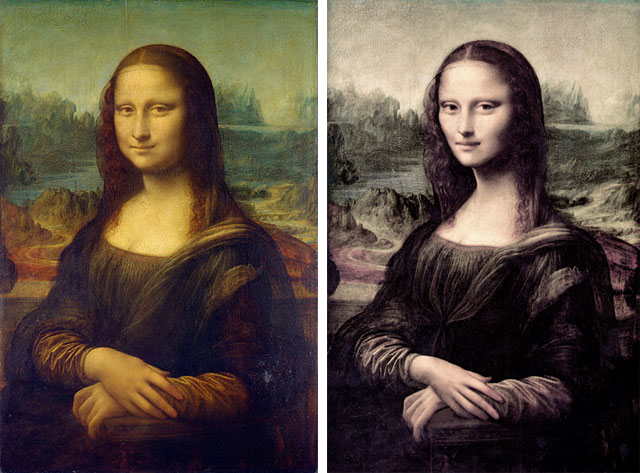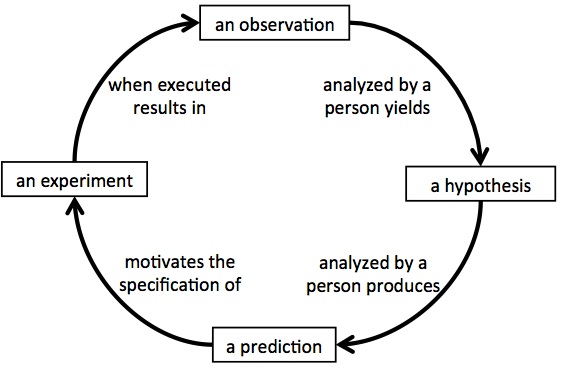
If you study kanji for long enough you’ll begin to see patterns emerge. At first, they won’t make too much sense and you’ll think it’s pure luck. You’ll make a couple of connections and say “Hey! Nice! This made it easier to remember this kanji. Lucky me.” Then, you’ll go about your life as if everything was as it seems. What if I told you that you could have learned the readings of these kanji more quickly had you realized from teh start that these readings weren’t just a coincidence? Did you know that there are actually radicals that are designed to show you the reading of a particular kanji?
Not all kanji has this reading compound, however. Apparently 67% of the joyo kanji have this phonetic compound radical inside of them, though that doesn’t mean they’re always helpful to you, it just means one of these radicals exists there. Let’s first take a closer look at how you can find these “phonetic compounds.”
The Anatomy Of A Kanji

A standard kanji is made of a couple of parts (and sometimes some garbage). The left side / top is usually the “classifier radical.” This is the radical that you can use to look up the kanji in a kanji dictionary. Sometimes it may even give a hint to the meaning of a kanji, though this is pretty hit or miss (mostly miss). The right side is usually what’s known as the “phonetic compound.” This portion has a specific reading attached to it. If you see this phonetic compound, you can sometimes guess the reading of the kanji. Sometimes by learning one phonetic compound’s reading you can know how to read six or seven other kanji that contain it.
Now there are exceptions… tons of them, unfortunately.
First of all, sometimes the phonetic compound is on the left side, and not the right. This happens when the classifier radical is one of those classifier radicals that normally gets put on the right side. Anyways, you’ll have to watch out for these.
Secondly, not all kanji have a phonetic compound inside of them. Like I mentioned earlier, only 67% of them have it, and they’re not particularly useful. Of the ones that do have a phonetic compound, around 25% have readings that aren’t consistent and are irregular. Even the ones that are fairly consistent with their readings have exceptions. Basically, this technique is at best a way to guess the reading of a kanji and nothing more. Still, something is better than nothing. Just imagine if you’re taking the JLPT and you’re on the kanji section. This sort of thing will help you get a few extra answers correct.
Phonetic Compounds And Their Kanji
To find the phonetic compounds, I sat down with a kanji dictionary going through all the possible readings in the back index. After spending about a half hour going through these one by one, I realized that someone else has probably done all the work for me. Thank goodness, someone had. Luckily for me, a Hiroko Townsend of San Diego State University put in a lot of work into her thesis, listing these out for everyone to enjoy. Thanks Hiroko! You’re a boss.
Here are the radicals that contain fairly consistent phonetic compounds. There are some exceptions (not listed below), but in general they’re pretty straightforward. If you learn the phonetic radical / kanji in the left side column then you know the readings for all the kanji to its right. For some kanji that’s only slightly useful. For others, you learn the readings of a lot of kanji.
几 (き) → 机, 肌, 飢
亡 (ぼう) → 忙, 忘, 盲, 荒, 望, 妄
干 (かん) → 汗, 肝, 奸, 刊, 岸
己 (き) → 起, 記, 紀, 忌
工 (こう) → 紅, 空, 虹, 江, 攻, 功, 肛,
及 (きゅう) → 吸, 級, 扱
士 (し) → 仕, 志, 誌
方 (ほう, ぼう) → 肪, 坊, 紡, 防, 妨, 房, 謗, 傍, 芳, 訪, 放
中 (ちゅう) → 忠, 沖, 仲, 虫, 狆
化 (か) → 花, 貸, 靴
反 (はん) → 版, 板, 坂, 飯, 販, 叛
分 (ふん) → 粉, 紛, 雰
半 (はん) → 伴, 絆, 拌, 判
白 (はく) → 伯, 拍, 泊, 迫, 舶, 狛, 柏, 箔, 珀
皮 (ひ) → 彼, 被, 疲, 被, 披
付 (ふ) → 府, 符, 附, 俯
包 (ほう) → 抱, 泡, 胞, 砲, 飽, 咆
可 (か) → 河, 何, 荷, 苛, 呵, 歌
古 (こ) → 居, 固, 故, 枯, 個, 湖, 箇, 沽, 姑, 苦
生 (せい) → 姓, 性, 星, 牲, 惺
正 (せい) → 征, 政, 症, 整, 性, 牲
司 (し) → 伺, 詞, 嗣, 飼
且 (そ) → 粗, 祖, 狙, 阻, 組
旦 (たん) → 但, 胆, 疸, 担
令 (れい) → 冷, 鈴, 零, 領, 齢, 鈴
立 (りゅう) → 竜, 滝, 粒, 笠, 龍
申 (しん) → 神, 伸, 呻, 押, 紳
召 (しょう) → 招, 沼, 昭, 紹, 詔, 照
安 (あん) → 案, 按, 鞍, 鮟
同 (どう) → 洞, 胴, 桐, 恫, 銅, 洞, 筒
寺 (じ) → 侍, 持, 時, 塒, 峙
旬 (じゅん) → 洵, 殉, 恂
各 (かく) → 格, 喀, 閣, 額
圭 (けい) → 掛, 桂, 畦, 珪, 罫, 鮭, 硅
糸 (けい) → 系, 係, 繋
結 (けつ) → 潔
光 (こう) → 恍
交 (こう) → 校, 絞, 狡, 較, 郊, 効, 咬
共 (きょう, こう) → 供, 恭, 洪, 哄
次 (し) → 姿, 諮, 資
成 (せい) → 盛, 誠, 筬, 城
朱 (しゅ) → 株, 珠, 殊, 蛛
我 (が) → 峨, 蛾, 餓, 俄, 鵞
甫 (ほ) → 浦, 捕, 哺, 匍, 補, 蒲, 輔, 舗
見 (けん) → 硯, 蜆, 現
辰 (しん) → 唇, 振, 賑, 震, 娠
肖 (しょう) → 宵, 消, 硝
弟 (てい) → 第, 剃. 涕
廷 (てい) → 庭, 挺, 艇
良 (りょう) → 郎, 浪, 朗, 狼, 廊
直 (ちょく, しょく) → 植, 埴, 殖, 稙
長 (ちょう) → 張, 帳, 脹
非 (ひ) → 悲, 緋, 誹, 鯡, 琲, 扉
朋 (ほう) → 崩, 棚, 硼
果 (か) → 課, 菓, 踝, 顆
官 (かん) → 棺, 管, 館
奇 (き) → 崎, 埼, 椅
其 (き) → 期, 欺, 棋, 基, 旗
金 (きん) → 欽, 錦, 銀
采 (さい) → 彩, 菜, 採
青 (せい) → 清, 靖, 精, 晴, 請, 情, 鯖, 静
昔 (しゃく) → 借, 惜, 錯
尚 (しょう) → 常, 裳, 掌
昌 (しょう) → 娼, 唱, 菖, 晶
禺 (ぐう) → 遇, 寓, 隅, 偶
扁 (へん) → 編, 偏, 篇, 蝙
則 (そく) → 側, 測, 惻
相 (そう) → 想, 箱, 霜
湘 (しょう) → 廂
莫 (ばく) → 摸, 膜, 漠, 博, 縛, 幕
高 (こう) → 縞, 稿, 藁,
曹 (そう) → 遭, 槽, 糟
曽 (そう) → 贈, 僧, 憎, 増
童 (どう) → 撞, 憧, 瞳
義 (ぎ) → 儀, 議, 犠, 蟻, 艤
Uses a radical from obsolete Japanese
孝* (こう) → 孝, 老, 考
径** (けい) → 径, 経, 軽, 怪, 茎
乍 (さく) → 作, 昨, 窄, 酢, 搾
低** (てい) → 低, 底, 抵, 邸, 抵
券* (けん) → 券, 巻, 圏, 拳
根** (こん) → 根, 痕, 恨, 懇, 墾
退 (たい) → 腿
峡** (きょう) → 峡, 狭, 挟
浅** (せん) → 浅, 銭, 践
珍** (しん) → 診, 疹, 参
峰** (ほう) → 峰, 逢, 縫, 蜂, 蓬,
俊** (しゅん) → 俊, 峻, 悛, 逡, 竣, 浚
通** (つう) → 通, 桶, 痛
険** (けん) → 険, 験, 検
過 (か) → 渦, 堝, 鍋, 蝸, 窩, 禍
福** (ふく) → 福, 副, 複, 幅, 富, 蝠
滴** (てき) → 滴, 適, 敵
壁* (へき) → 壁, 癖
燥* (そう) → 燥, 操, 藻
* remove the bottom radical component
** remove the left side radical component
That right there is approximately 100 kanji/radicals that, if you learn the reading of them, you can guess the reading of around 500 total kanji. That’s around 1/4 of the joyo kanji list. Not a bad shortcut! I think one issue is that a lot of people don’t know that this little trick exists. Just by knowing that you can do this, you’ll begin to notice these patterns showing up in your own kanji learning. This will help to accelerate your kanji learning by a considerable amount in the long run.
So, if you’re studying kanji, go through this list and start making the connections. What phonetic compounds do you already know? Now, see what other kanji there are to the right that you know. See how it all sort of makes sense? Kanji isn’t as insane as people tend to think, though it’s still super complicated no matter how you look at it. You’ll spend a lot of time learning the kanji (even if you’re using, say, WaniKani), but things like this will win you some extra time.
Good luck studying that kanji thing!
–
Sources:
Phonetic Components In Japanese Characters
Decoding Kanji

































